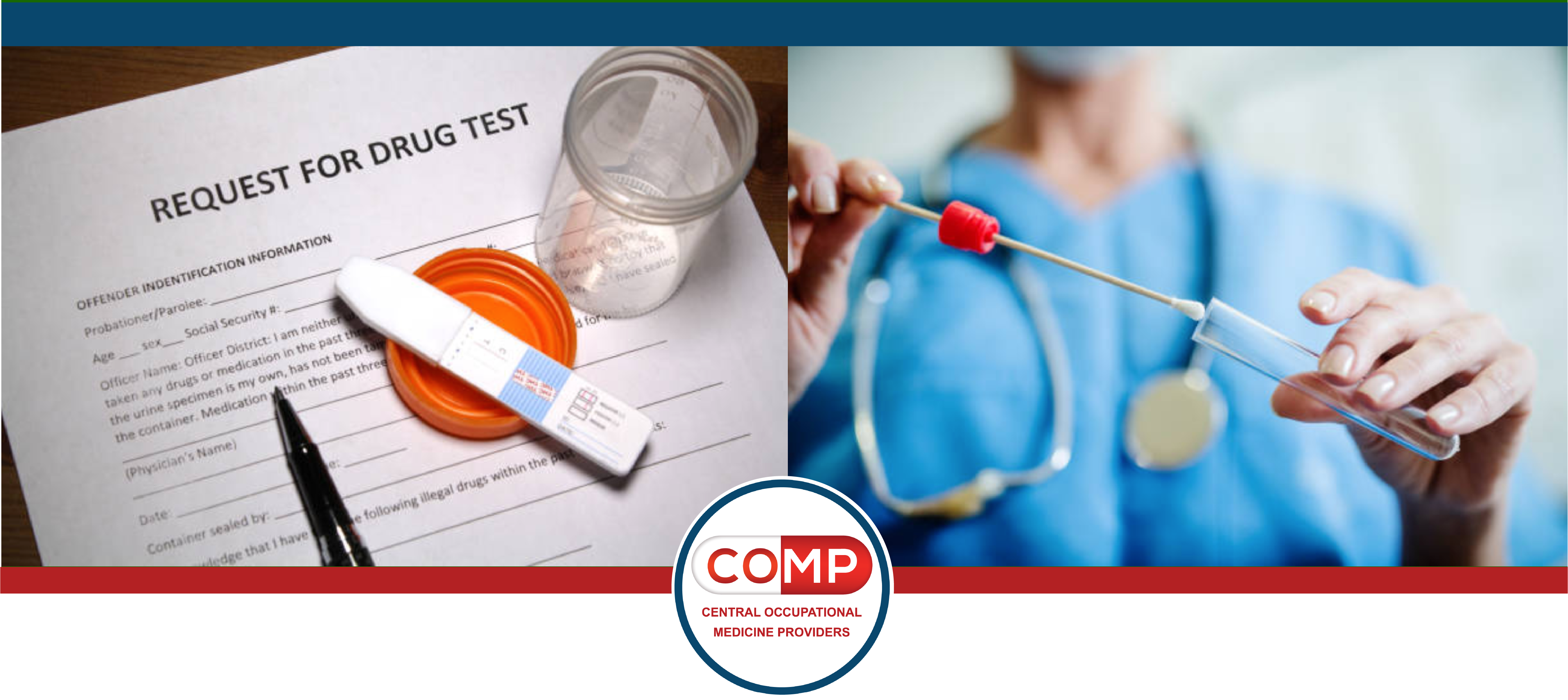FAQ
Most frequent questions and answers
No. It lists exemptions as well as conditions when the law does not apply to certain employees. Please review the law prior to making any changes to your procedures or policies.
California Law does not prohibit employers from having a drug free workplace program. Several California laws address the ability for employers to have a drug testing program. The new law does the same. The new law notes that it does not apply to federally regulated drug testing or employers in the building and construction trades, and it does not affect the rights or obligations of employers to maintain a drug- and alcohol- free workplace. The law also does not permit employees to possess, be impaired by, or use cannabis on the job.
Yes! California only requires a method that tests for the psychoactive metabolite of Marijuana. A change from urine to saliva will accommodate this requirement.
No! This law does not change DOT testing in any manner. Your DOT testing program should remain the same.
A drug free workplace program must include drugs that are instructed by the Substance Abuse and Mental Health Administration and that have been adopted by Federal Drug Testing programs. Incomplete programs create an unsafe workplace, make employers ineligible for Federal and State contracts, leave employers open to lawsuits, and can result in increases in insurance costs.
Urine testing remains a staple among testing methods, however California is requiring a method that confirms the psychoactive metabolite within Marijuana. At this time, urine tests for a different metabolite of Marijuana. Urine can remain your primary testing method and it is still DOT approved and the primary testing method by the Department of Transportation and Federal Drug Testing Programs. However, saliva must be used to confirm for Marijuana to meet the California law for non-federal testing.
Not yet The Federal Regulations have approved the use of saliva testing however, all of the protocols, kits, and laboratory certifications have not been completed yet. The current estimate is at least a year before DOT will implement Saliva Testing for DOT covered employees.
None. The law does provide explanation within the first section of its requirements noting that employers cannot use “drug screening conducted through methods that do not screen for non-psychoactive cannabis metabolites.” Employers must test for a psychoactive metabolite when confirming Marijuana use.

